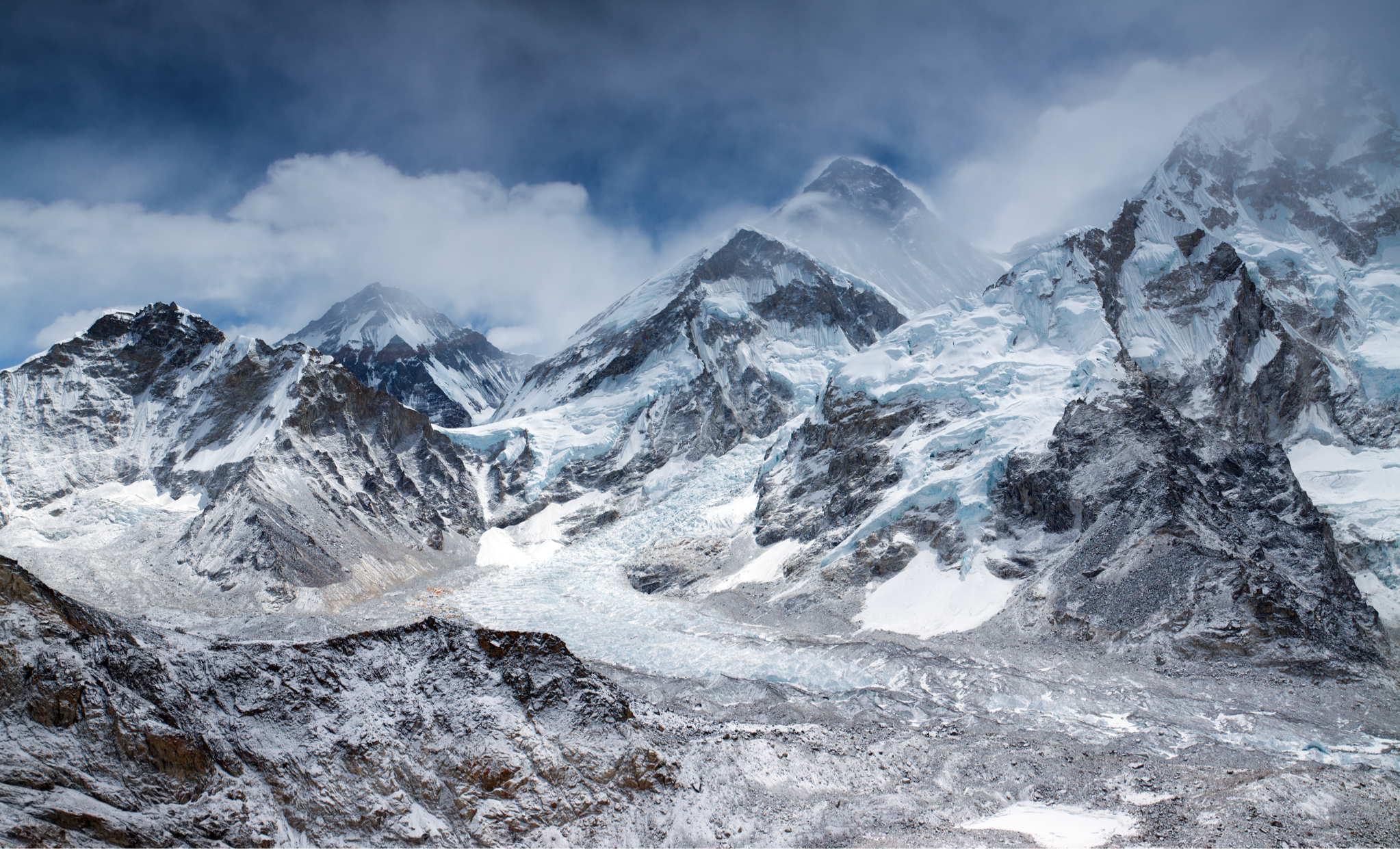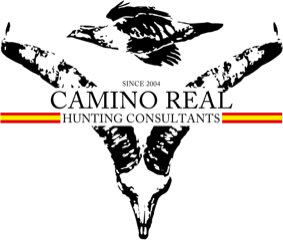
1. Final Destination
Bishkek, being necessary between 10-12 hours’ drive to reach any of the hunting camps.
2. Hunting Area
Hunts take place within the eastern region of Issyk Kul, close to the borders of China and Kazakhstan. The final hunting area will be determined according on whether the hunt will be just for Ibex or a combination of Ibex and Tien Shan Argali, as well as the information provided by our prescouting teams.
3. Accommodation
Hunting camps consist of metal containers totally reconverted into firs class lodges located at the foot of the mountains. Each of them has spacious rooms, dining area, kitchen, heaters, satellite communications and sauna. However, these are hunts conducted from fly camps, hence hunters will stay in spike camps for the night until the hunt is finished.
4. Hunting Season
From August until December.
5. General Comment
Located in Central Asia, Kyrgyzstan is one amongst the most well-known destinations for mountain hunters.
Tien Shan Mountains, which cover a wide proportion of its vast territory, has one of the largest Mid-Asian Ibex populations (capra sibirica alaina). Furthermore, Kyrgyzstan technically recognises three different Argali subspecies according to the area in which they are found:
Marco Polo Argali (ovis ammon polii): The eastern part of the Wakhan Corridor in Afghanistan; the Pamir Plateau in eastern Tajikistan; extending north into southeastern Kyrgyzstan south of the Naryn River; and the adjacent Pamir region of far western China. The northern limit for the Marco Polo Argali is the Naryn River.
Hume Argali (ovis ammon humei): Kyrgyzstan; with the Naryn River as the northern boundary and the height of land of the Ferganskiy Mountains as the southern boundary.
Tien Shan Argali (ovis ammon karelini): Found along the westernmost part of the Tian Shan Mountains of China. These mountains extend into Kazakhstan and Kyrgyzstan. There seems to be no discrepancy in Kazakhstan, but in Kyrgyzstan the boundary for the Tian Shan Argali is considered to be north of the Naryn River.
Although we have different areas distributed throughout Kyrgyzstan’s territory in order to arrange hunts for all three subspecies, when talking about Kyrgyzstan’s Argalis , in general terms, we always refer to the Tiene Shan Argali, as this is more technically correct based on our experience.
Hunt can either be 7 or 9 full days depending on whether the hunt will be just for Ibex or a combination of Ibex and Tien Shan Argali. Upon arrival to Bishkek, hunters will be received and assisted with the paperwork by representatives of the outfitter company. Arrival time allow hunters to head directly to the hunting area instead of having to spend the night in the city. The transfer takes between 10 and 12 hours before arriving to base camp, stopping halfway through to eat something and stretch legs.
All hunting areas, located in the eastern part of the country, close to the borders of China and Kazakhstan are directly managed by our outfitter in a rigorous way, making sure that no more animals than the strictly authorized are taken. On top that, the large extension of territories, enables the outfitter to alternate areas after several seasons of hunting activity. These factors have a direct impact on the trophy quality that we get every year. While in other parts of the country, getting a 39-inch Ibex would be quite an accomplishment, the average trophies that we get range between 44-45 inches, with our largest reaching well over 47 inches. On the hand. Tiene Shan Argalis are extremely healthy, being able to count 150 sheep in one day, with trophies usually reaching over 50 inches.
These are horseback hunts at 9,500-12,400 feet high where hunters usually rely on a team of minimum two guides. Finally, as distances in the mountains are so long, hunts are conducted from spike camps which provide hunters a better chance of getting a better trophy.
Although the hunting season runs from August to December, we encourage hunts to take place between mid-September and end of October. After that, it might be too cold, and the heavy snows could compromise the chances of success.
6. Included
Invitation letter
Airport assistance in Bishkek upon arrival and departure
Permits and hunting licence
All ground transport during the hunt
4x4 vehicles
Hunting guides and horses
Equipment
Full board accommodation
English interpreter
Trophy fee according to the booked hunt
Field trophy preparation
7. Not Included
Flights
Non-hunters
Additional trophies
Accommodation before and after the hunt
Spirits and beverages
Veterinary certificate and CITES
Taxidermy, dip & pack and trophy shipping
Insurance
Tips and personal costs









